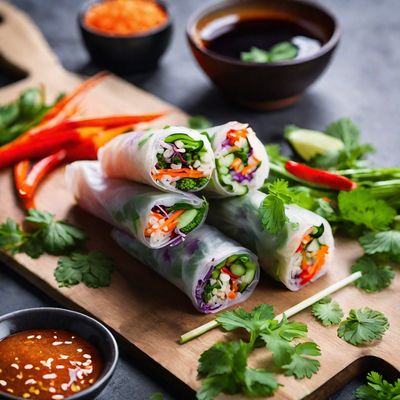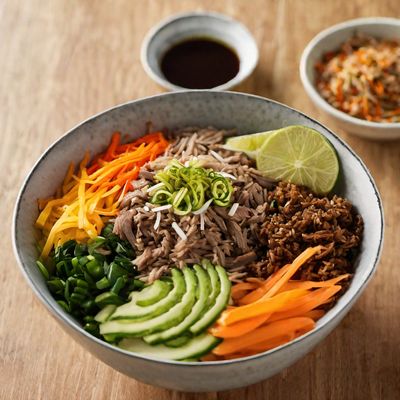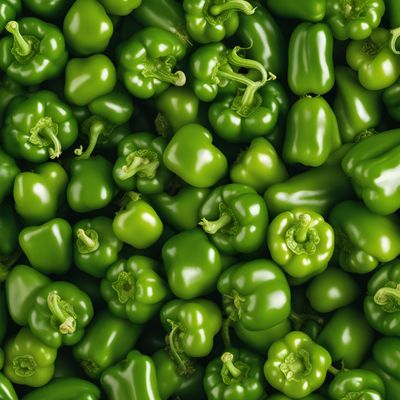
Ingredient
Peppercorn (black, green and white)
Exploring the World of Peppercorns
Peppercorns are the dried berries of the Piper nigrum plant and are available in three main varieties: black, green, and white. Black peppercorns are the most common and have a strong, pungent flavor with hints of citrus and pine. Green peppercorns are milder and slightly fruity, while white peppercorns have a more delicate and earthy taste. These spices are used in both savory and sweet dishes to enhance flavors and add a touch of heat.
Origins and history
Peppercorns have a long and fascinating history that dates back thousands of years. They were highly prized in ancient times and were even used as a form of currency. Peppercorns played a significant role in the spice trade, which shaped the course of history and led to the exploration of new lands. Today, peppercorns are cultivated in various regions around the world, with India, Indonesia, and Vietnam being the largest producers.
Nutritional information
Peppercorns are a good source of antioxidants and have been used in traditional medicine for their potential health benefits. They contain a compound called piperine, which has been shown to have anti-inflammatory and antioxidant properties. Additionally, peppercorns are low in calories and can aid in digestion and nutrient absorption.
Allergens
There are no known allergens associated with peppercorns, but individuals with a sensitivity to spices should use caution and consult with a healthcare professional if necessary.
How to select
When selecting peppercorns, look for whole, intact berries that are free from moisture, mold, or signs of insect damage. Avoid pre-ground pepper, as it can quickly lose its flavor and aroma. Opt for high-quality peppercorns that are sourced from reputable suppliers to ensure the best taste and quality.
Storage recommendations
To maintain the freshness and flavor of peppercorns, store them in airtight containers in a cool, dark place. Avoid exposure to heat, moisture, or direct sunlight, as these can cause the spices to lose their potency. Properly stored, peppercorns can retain their flavor for up to a year.
How to produce
Peppercorns can be grown in tropical and subtropical regions, but they require specific growing conditions and can be challenging for amateur gardeners. However, if you have the right climate and expertise, you can try growing peppercorns from seeds or cuttings.
Preparation tips
Peppercorns can be used whole, crushed, or ground, depending on the desired intensity of flavor. They are commonly used in savory dishes such as soups, stews, marinades, and rubs to add heat and depth. Peppercorns can also be used in sweet preparations, such as fruit compotes or chocolate desserts, to provide a subtle spicy kick. Additionally, they are a key ingredient in many spice blends, such as curry powder or Chinese five-spice.
Culinary uses
Peppercorns are widely used in cuisines around the world. They are a staple in Indian, Southeast Asian, and Middle Eastern cooking, where they are used to add heat and flavor to curries, stir-fries, and spice pastes. Peppercorns are also commonly used in Western cuisines, where they are used to season meats, sauces, and dressings. Additionally, they are a key component of table pepper, which is used to season food at the table.
Availability
Peppercorns are cultivated in various regions around the world, including India, Indonesia, Vietnam, Brazil, and Malaysia. The availability of peppercorns may vary depending on the region and local agricultural practices.
More ingredients from this category
Recipes using Peppercorn (black, green and white)

Vegetarian Spring Rolls
Vibrant Veggie Delight: Vegetarian Spring Rolls

Caribbean-Style Pizza
Tropical Delight Pizza

New Mexican Bibimbap
Southwestern Fiesta Bowl

Kung Pao Chicken
Spicy Szechuan Chicken Stir-Fry

Vegetarian Ceviche
Zesty Veggie Delight: Vegetarian Ceviche

Caribbean Gyoza
Tropical Twist Gyoza: A Caribbean Delight

Puerto Rican Bibimbap
Tropical Fusion Bibimbap: A Puerto Rican Twist on a Korean Classic
